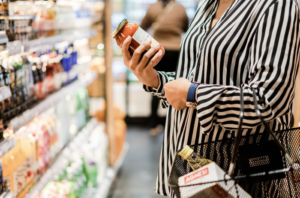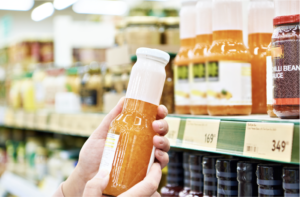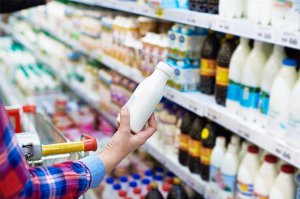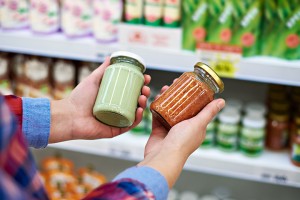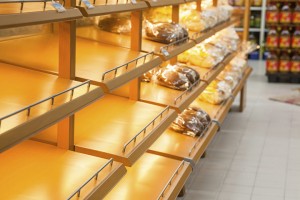A Closer Look at Assortment Size.
Number of SKUs, its relationship to reach, category differences and how Private Labels play assortment size.
The average Top 10 Brand in Europe offers 14 SKUs
A larger assortment provides more opportunities to meet different shoppers’ needs (sizes, flavours, package formats) and a better chance to get shelf space both of which should ”result” in more penetration (the relationship is certainly not one-directional: being large gives you the resource to expand your offering).
Indeed the number of SKUs that a brand offers is closely linked to its reach among category buyers but the incremental value of an additional SKU declines: Larger brands get much more bang for the buck from each of their SKUs.
Is a large assortment necessary for high reach? Absolutely not – 80 brands get more than 25% relative penetration with 5 or fewer SKUs.
Nuanced relationship between Private Label sales and assortment share
In categories where Private Labels are more successful, their assortment share is higher. But this relationship is not straightforward: where PL is rather weak its assortment share exceeds its market share, where PL is relatively strong the assortment share lags behind.
- As long as National Brands perform well retailers tend to offer large branded assortments. However, these overlap (to a certain extent) across retailers while each retailers’ PL offerings are exclusive.
- Once PL share reaches a certain threshold, NB assortments offered by each retailer shrink and individual SKUs will be less widely distributed – while each retailer still maintains (or possibly expands) its own PL range.
The consequence shows in the diagram: With higher PL shares we see the average PL SKU capture a higher share of sales while the opposite happens for the average NB SKU.
The more frequently shoppers buy a category the larger the size of the offering
Brands that play in frequently purchased categories are more likely to offer a big assortment: on the one hand, more frequent buying provides financial resources (assuming the same price levels), a requirement for developing and maintaining a large assortment. On the other hand, frequent buying also motivates retailers to provide more shelf space that needs to be filled. The same picture emerges for PL: its range increases with category purchase frequency.



















































































































